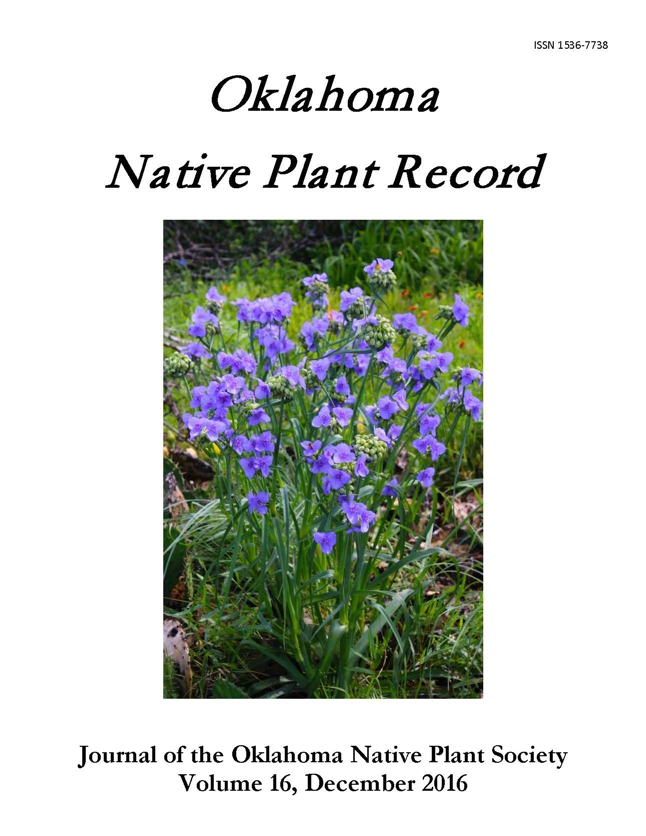Pollination Ecology of Sabatia Campenstris Nutt. (Gentianaceae)
Main Article Content
Abstract
 Flower timing studies in June and July (1972) on populations of Sabatia campestris Nutt. show this plant to be allogamous (out crossing) under natural field conditions. However, when environmental factors reduce populations of solitary bees or when flower populations are particularly extensive and dense, the uncollected pollen causes retention of anthers into the period of style opening and stigma presentation. Then autogamy (self-pollination) occurs. Pollinators observed were solitary bees in the genera Calliopsis, Dialictus, and infrequently Augochlorella. Pollen viability is generally excellent. A chromosomal count of n=12 indicated the presence of aneuploid races in this plant species. The lengthening of petals from anthesis to wilting and calyx from bud to fruit production indicates flower size cannot be used as a taxonomic character to separate species.
Article Details

This work is licensed under a Creative Commons Attribution-NonCommercial-ShareAlike 4.0 International License.
Articles (c) The Authors
Journal compilation (c) Oklahoma Native Plant Society
Except where otherwise noted, this work is licensed under a Creative Commons Attribution-NonCommercial-ShareAlike4.0 International License, (CC BY-NC-SA 4.0) https://creativecommons.org/licenses/by-nc-sa/4.0/, which permits unrestricted use, distribution, and reproduction in any medium, provided the original work is properly attributed, not used for commercial purposes, and, if transformed, the resulting work is redistributed under the same or similar license to this one.

